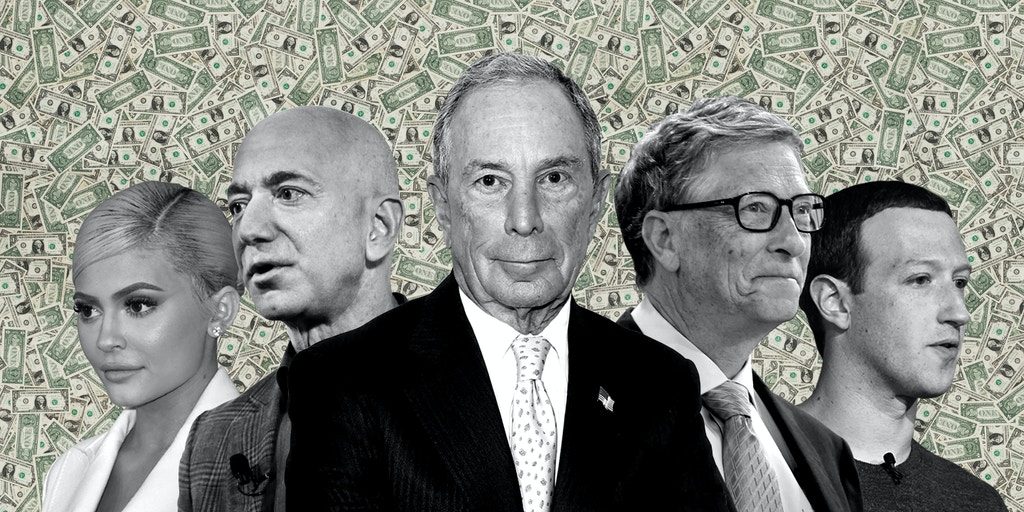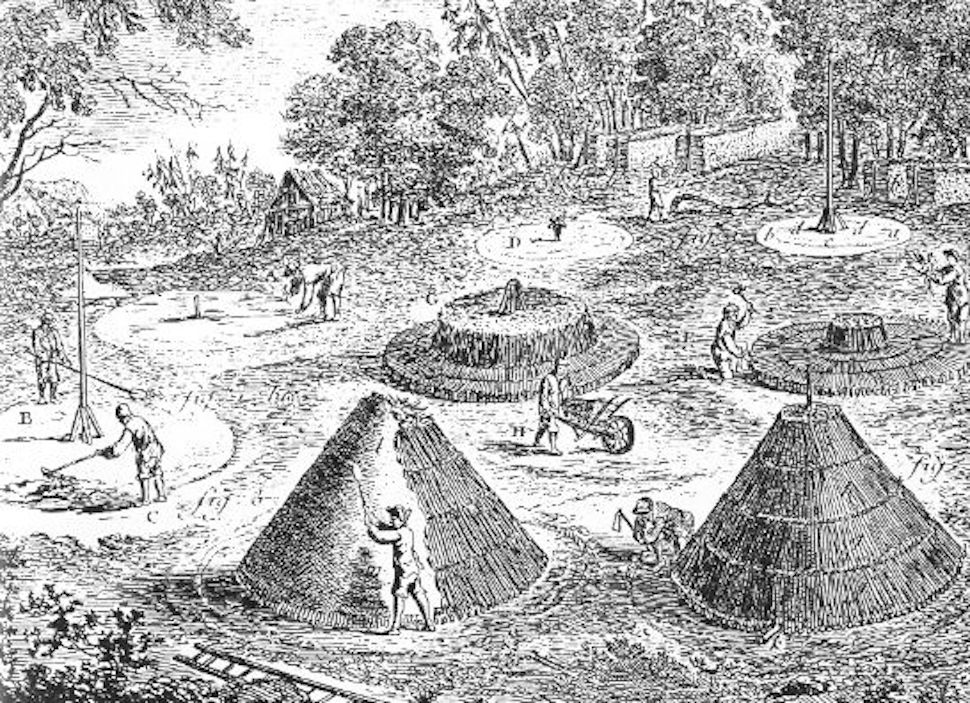
SAM QUATTROCIOCCHI – APRIL 11TH, 2022
EDITOR: ZACHARY HAGEN-SMITH
“Chile was the cradle of neoliberalism, but it will also be its grave,” declared Gabriel Boric as he launched his campaign for the Chilean Presidency. In Chile’s December 2021 elections, he came to a rapturous 12 point victory over far right former president Jose Antonio Kast. Boric’s victory represents a historic return to power for the country’s left which hasn’t touched the presidency since 1973. While a source of celebration, many have residual doubts left behind by a 50 year old Chilean nightmare. Salvador Allende’s presidency, the Chilean left’s last time in office, was cut short by General Augusto Pinochet’s US-backed coup d’etat. The military overthrew Chile’s democratically elected government and Allende was found dead having taken his own life rather than surrender to Pinochet’s forces.
Will Boric be a new beginning for Chile’s left? Or, will the forces of neoliberalism again force a rising Latin American socialism to its knees? What are the key distinctions between the 20th century global socialist movement and its 21st century resurgence? To answer these questions, we need to understand the midcentury rise of Salvador Allende and the Chilean left.
Allende was a Marxist and a lifelong member of Chile’s Socialist Party. He ran for the Presidency three times before finally winning in 1970. Far from a landslide, he garnered 37% of the vote, defeating the more moderate left-leaning candidate Radomiro Tomic and conservative Jorge Alessandri who garnered 28% and 35% of the vote respectively.
After taking office, Allende’s government began implementing policies intended to embark the nation on la via chilena al socialismo, “the Chilean path to socialism.” Along with an emphasis on democracy, this “path” relied on a macroeconomic pivot towards nationalization. After purchasing the copper mines and banks from their shareholders, the government demanded compensation from these corporations equal to the excess profits they had reaped. The compensation was calculated by comparing their within-Chile profit rates to what they made in the rest of the world and charging them the difference. Proponents of the move argued that it was a way of righting the prior wrongs of exploitation at the hands of multinational corporations. Though the United States had already explicitly targeted Allende and his government, this measure and its impact on US corporations was especially provocative. The policy also antagonized the fractured right wing and the stronger more moderate Christian Democrats within Chile who were heavily influenced by Chilean property-holders that feared public expropriation.
Elite opposition became especially irate after Allende’s acceleration of agrarian reforms. These reforms began under Eduardo Frei, Allende’s predecessor, who publicly appropriated about a quarter of large farming estates. Boards composed of public employees and former resident workers were tasked with managing this land. Allende expanded this program to target virtually all large plots of land. In addition to running the farms, workers were encouraged to unionize and form cooperatives. Under Allende, more than half of the agricultural workforce was unionized. The distribution of food that came from the reformed agricultural system was also placed under worker direction through labor-regulated food markets. The goal of these initiatives was to remove food distribution, natural resources, and finance from the hands of exploitative corporations and land owners and put it into the public’s hands.
Allende established new social programs like universal healthcare and public education. He reduced income disparities, raising blue and white collar minimum real wages by 56% and 23% respectively in his first year. The economy moved towards democratization through the creation of elected municipal and industrial councils that managed distribution and pricing. The government also developed a promising initiative called Project Cybersyn, a cybernetic decentralized economic planning system that functioned through democratic input from the country’s population. Chile was on a path towards participatory, democratic socialism.
Chile, though, was also host to several US-based multinational corporations who were not pleased by the country’s new direction. The actions of Allende’s administration, while initially a boon to the working class, clashed with America’s corporate and political interests in containing Marxist ideology. President Nixon resolved to create an “invisible blockade” and instructed the CIA to “make the [Chilean] economy scream.” Henry Kissinger also made his contempt for Chile’s people clear, declaring: “I don’t see why we need to stand idly by and watch a country go communist due to the irresponsibility of its own people.” American influence barricaded Chile in an economically desolate fortress: they had no imports, restricted supplies, and, as a consequence of both, massive inflation. This exacerbated crisis accomplished exactly what the US State Department and corporate interests hoped it would. Elite opposition to Allende ran so high that an alliance between the Christian Democrats and the various conservative factions in the country attempted to garner enough congressional seats during a midterm election to legally remove him from power. They failed. Despite economic crises, foreign interference, intensified elite opposition, and having been elected with only 36% of the vote, Allende’s approval rating stood at almost 50% as of 1973. Having failed to oust Allende through the democratic process, the coalition against him allied with the military for a more sinister method of removal. As French political scientist of the time Maurice Duverger put it: “As long as the Chilean right believed that [Allende’s government] would come to an end by the will of the electors, it maintained a democratic attitude…When the Right came to fear that…the play of liberal institutions would result in the maintenance of Salvador Allende in power and in the development of socialism, it preferred violence to the law.”
On September 11, 1973, the Chilean military, backed by the United States and headed by Augusto Pinochet, toppled the democratically elected government. Bombs fell on the Presidential Palace despite victory having already been assured. The ashen smoke rising from the palace’s rubble became a symbol of Chile’s transition to a brutal dictatorship and the death of a once stable democracy.
During the military junta that followed, over 3,000 people were brutally slaughtered by Pinochet’s militias. Their victims included political opponents and pro-democracy protestors. Tens of thousands more were tortured and thrown in prison as political dissidents. Soldiers who took part in the overthrow later recounted instances of shooting ten people in the head before blowing up their bodies with dynamite. “Not even their shadow was left.” Another recalled drenching teenagers in gasoline and lighting them on fire. Once Pinochet was firmly in power, the United States ended its economic sabotage. Chile’s “invisible blockade” disappeared. It seems America’s objective was accomplished.
Allende’s Socialist Party had bold ambitions, similar to contemporary leftists across the globe. Many of this socialist breed wanted to build a system to replace capitalism that would put the economy under democratic control rather than that of the flawed profit-seeking compass. They aimed to end the antagonistic divisions between a subordinate and ruling class. That Chilean left isn’t today’s Chilean left.
The modern resurgence of left-wing politics personified by Gabriel Boric takes capitalism and the class which owns capital as a given. With sour memories of recent leftist failures, contemporary advocates for the international working class set their sights on reforms which aim to improve living conditions and social safety nets by expanding the role of government without fundamentally challenging the power structures at the center of capitalism. This is the Social Democratic strategy. Long-term ambitions for a post-capitalist future aren’t part of the mainstream conversation anymore. What matters to this school of thought is immediate material improvements in peoples’ lives.
It isn’t immediately clear which side Boric resides on, but it certainly seems to be the latter. The leftist coalition that Boric led in the 2021 Chilean Presidential election is an alliance of both revolutionary socialists and reformist social democrats. His victory is one of a series of similar recent electoral wins for Latin America’s left. President Pedro Castillo in Peru and Xiomara Castro in Honduras carried their coalitions back into power, while, in Brazil, polls favor former President Lula Da Silva to unseat their current far-right leader, Jair Bolsonaro.
The program that Boric and his peers ran on was not one of smashing capitalism, but of smashing neoliberalism. They don’t want to replace the system; they want to build a healthy array of social programs and reverse mass privatization of public assets.
Boric’s victory came following the October 2019 mass protests, which started as a reaction to right-wing former President Sebastián Piñera raising transit fares. It quickly evolved into a general social uprising over injustices baked into the country’s institutions and constitution, which is still the same one that was enacted by the Pinochet regime in 1980. The popular protests won several concessions, including a referendum which approved the creation of a new constitution.
The neoliberalism implemented following Pinochet’s coup saw public assets and services privatized en masse. These US-recommended austerity policies exacerbated unemployment and gutted social programs. That said, whether through the merit of their economic theory or merely the result of playing nice with the most powerful country on the planet, Pinochet’s and subsequent, less brutal, regimes oversaw the steep growth of the Chilean economy and increased wages of its citizens. Unfortunately, this growth has not been evenly distributed. The middle 40% and bottom 50% have experienced stagnant income growth relative to the explosion amongst the top 10%, and the Chilean government has done little to remedy this. Their social spending since 1990 is only 10% of GDP, barely half the OECD average. The status quo creates a cycle which perpetuates drastic inequality.
That is what Boric aims to address. More specifically, he is taking aim at the country’s broken education, healthcare, and pension systems. Imagine America’s problems in these sectors: Chile has all the same issues, only many times more severe. All three of these sectors provide tiered services, offering better services to the wealthier people. Chile’s education spending per child is woefully inadequate. This spending shortfall exacerbates the educational inequalities already created by the national voucher system. Many private schools accept vouchers but require prohibitively expensive fees on top of them. Boric has described addressing this crisis as a “moral debt that we have with Chilean families” and aims to address it by forgiving large swaths of student debt.
Healthcare suffers similar issues. Like education, it is underfunded with about ⅓ of the OECD average budget. But it’s not just a problem of funding. High income earners are able to direct their payroll taxes to a superior healthcare system while the general public use the mainstream public system. Boric and his campaign have dreams of replacing this system with a public institution similar to the UK’s National Health Service which they have praised.
The last of Boric’s primary targets of reform is Chile’s notorious privatized pension system. These pensions are the single most profitable part of the country’s financial system, managing 80% of the country’s GDP. Despite this, they don’t actually provide social security. The system is so dysfunctional that 80% of retirees do not have enough savings. To fix this, the President-Elect plans to replace private pensions with a public institution that would collect and manage funds from a variety of sources including worker, employer, and state contributions. On top of this, he aims to implement a universal minimum pension of ~US$300 for all Chileans over the age of 65, regardless of their individual contribution to the fund.
Beyond these three pillars, Boric has outlined other left-leaning policies that provide legal protections for organized labor, codify a 40-hour work week, and mandate worker representation on corporate boards. He wants to expand public housing with an emphasis on self-management through democratic housing committees and cooperatives. Somewhat similar to Allende’s nationalization of the copper industry, he also seeks to create a public lithium firm and national development bank.
It is far too early to tell how successful Boric’s government will be and if his ambitions will be reached. His rhetoric has moderated significantly since the first round of elections (where no candidate received a majority and a runoff was triggered). Is he seeking to achieve a slower rate of reform so as to not meet the same fate as his predecessor? Or is he aiming to come across more moderate until a new constitution is safely enacted? Maybe he is simply more moderate than his initial rhetoric indicated? While the future remains ambiguous, it is clear that the social democratic left Boric represents is a far more pragmatic and near-sighted one than that which rose to power 50 years ago. Is the left becoming more comfortable with a less disruptive, more limited vision? Or is the socialist movement failing to bounce back to its previous strength? Social Democracy has achieved strong social programs and created a robust social safety net in many countries, but it leaves capital’s fundamentally dominant role in the economy largely untouched. Investment decisions are still made by profit-seeking individuals rather than by the people via democratic processes that President Allende’s movement dreamed of. Wealth still accumulates in the hands of the few. Global class distinctions still exist between those who command vast economic resources and those who do not. With this class disparity comes power concentration. Failing to challenge this power leaves the door open for capital to strike back against labor in a way similar to what we saw with the advent of neoliberalism.
Old socialists pledged to bury capitalism. Neoliberalism struck back with a vengeance. If the new left seeks to bury neoliberalism, it had better make sure to dig a deeper grave.
Featured Image Source:
Disclaimer: The views published in this journal are those of the individual authors or speakers and do not necessarily reflect the position or policy of Berkeley Economic Review staff, the Undergraduate Economics Association, the UC Berkeley Economics Department and faculty, or the University of California, Berkeley in general.



